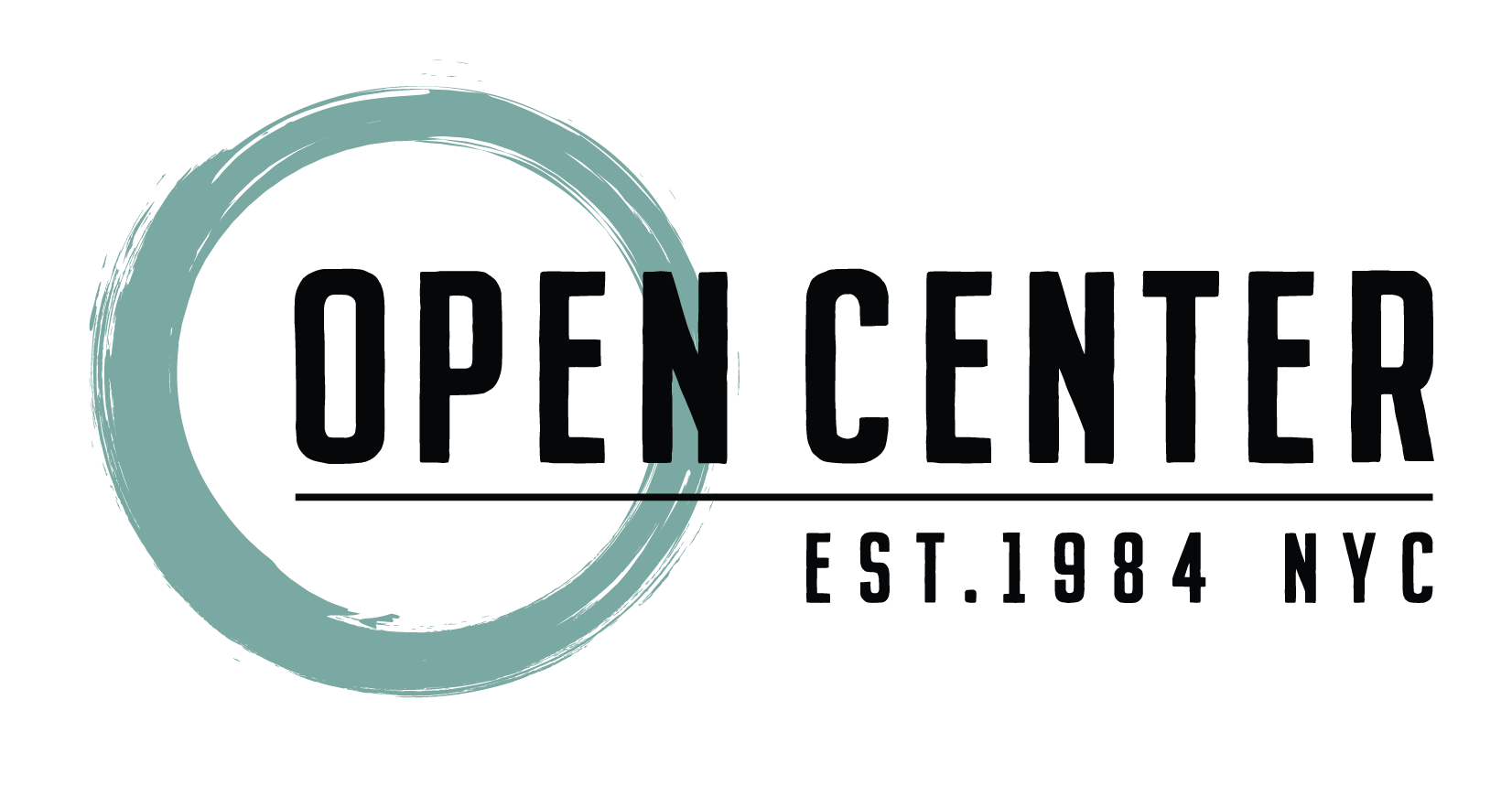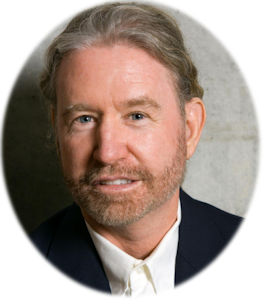By Ronald Alexander, PhD
The belief “You can’t teach an old dog new tricks” is false, at least as far as brain science is concerned. It has proven that the brain is far more malleable than we ever thought. We can develop new relationship, communication and money-management skills at any age, especially with mindfulness training.
Mindfulness allows you to set aside the instantaneous, unwholesome thoughts that limit one’s ability to think of creative solutions and embrace more positive, wholesome ones, laying new neural pathways and building what I call, mind-strength. This is the ability to very quickly and easily shift out of a reactive mode and become fully present in the moment. It gives you mastery over your thoughts and feelings, opening your eyes to whether the products of your mind are useful tools for self-discovery or merely distractions.
Often, unwholesome, painful thoughts are about the past and the future, or cause and effect: You might think, “If I wasn’t able to do that in the past, I won’t be able to do that in the future” and “Because of what I did in the past, I can’t create the future situation I’d like.” Again, by applying mindfulness training, you open a doorway to a mindful-inquiry process in which you can examine these beliefs and let go of a sense of being stuck or trapped. Painful and fearful thoughts about the past and future will prevent you from focusing on the present, and accepting where you are at this moment in time.
Here are three mindful techniques from my book, Wise Mind, Open Mind to help you shift painful afflictive thoughts and feelings.




